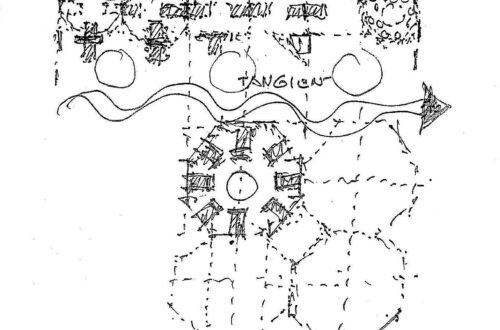TRACKING SENSORS
What tools can we use to make “library as place” better?
It is important for the library building to provide a natural flow and movement. When there are bottlenecks in the flow of traffic the building becomes dysfunctional. If this is happening at your library, then it is good to try to understand space use and issues that are creating dysfunction within the space. Believe me, patrons won’t find the library welcoming if their path to information is impeded. Nor will they be happy if the seating is inadequate.
At Aaron Cohen Associates, LTD, we have been researching the ways in which libraries function for almost 40 years. During that time, we have focused on the most obvious problem – space usage. There is rarely enough space for sorting or processing materials and rarely enough space for seating and study. And there are frequent issues with collection retention and book shelving that make tracking the usage of space imperative to the health of the library’s users and its staff.
Most library boards, management and administrators need to focus on keeping the library functioning. They work on strategic planning while the physical flow of the library building is not recognized as important. We believe they need to start tracking their building and space while they determine the library’s services, mission or vision. We know they can to do both if they recognize the importance and integral nature of the “library as place.”
The best way to get a handle on the “library as place” is to understand the movement of patrons and staff / materials processing. If the library has a good handle on the users flow, they can mediate their movement. If they can predict the needs of their customers, they can develop efficiencies. If the library has a good layout for processing and management of materials, they can support increases in services and provide more value to their community. All in all, building movement is just as important as providing information in a timely manner. In fact, it improves information support and allows the library to provide more to their customers.
Before we can provide the surroundings for learning spaces that nurture the individual, we need to cultivate the idea of tracking usage and movement. This starts with a provision of what physical use is required and how much time a patron use a space or a seat. For example, if the library provides seating along the “living edge” (individuals seating next to the window wall), then they need an understanding of the flow around the user seat. Is the traffic distracting? Does it provide the silent space that is required for focus?
We believe that libraries can nurture learning by providing individual, collaborative and group learning spaces. In order to know what works, the library staff can get a better handle on the behavior in the environment and its usage. Accordingly, staff can use environmental sensors to track temperature, heating control and visitors. They can use environmental sensors to track temperature spikes, visitor flow and capacity, sound and light fluxuations. These tools enable the library staff to gain an understanding of the functional user environment. Surely, deploying the sensor tools provides a way to track and uncover repetitive environmental issues. It allows the staff to address and improve the library building with limited funds.
The environmental sensors are tools that track environmental issues. When they are deployed in problem areas (entrance, meeting room, stacks) the sensors allow staff to determine current usage and identify user needs. For example, preservation and archival environments use sensors to protect their older and most valuable materials. They effectively improve the service outcomes by sensing and tracking environmental issues so that older materials are preserved for the future.
One way to improve learning spaces with limited funds is to deploy environmental sensors. Librarians can test the use of different environmental conditions as a way to uncover the needs of the users in real time. They can create good spaces by placing sensors throughout the learning environment and understanding user needs. They can reconstruct better spaces in the same “old” library building without much money.
We as librarians need to face the reality that the future is in the hands of those who use information as an advantage. By monitoring behavior and movement, we can get a handle on the learning environment. We can understand the condition of the learning space so that we can improve the library service. By actively tracking the use of learning spaces, the building can reflect professional service in a more professional environment. Certainly, this is something librarians can use to understand their users’ needs. So start testing the use of environmental sensors so that users can flow freely in the “library as place,” and you can improve the library and the building for future users.


